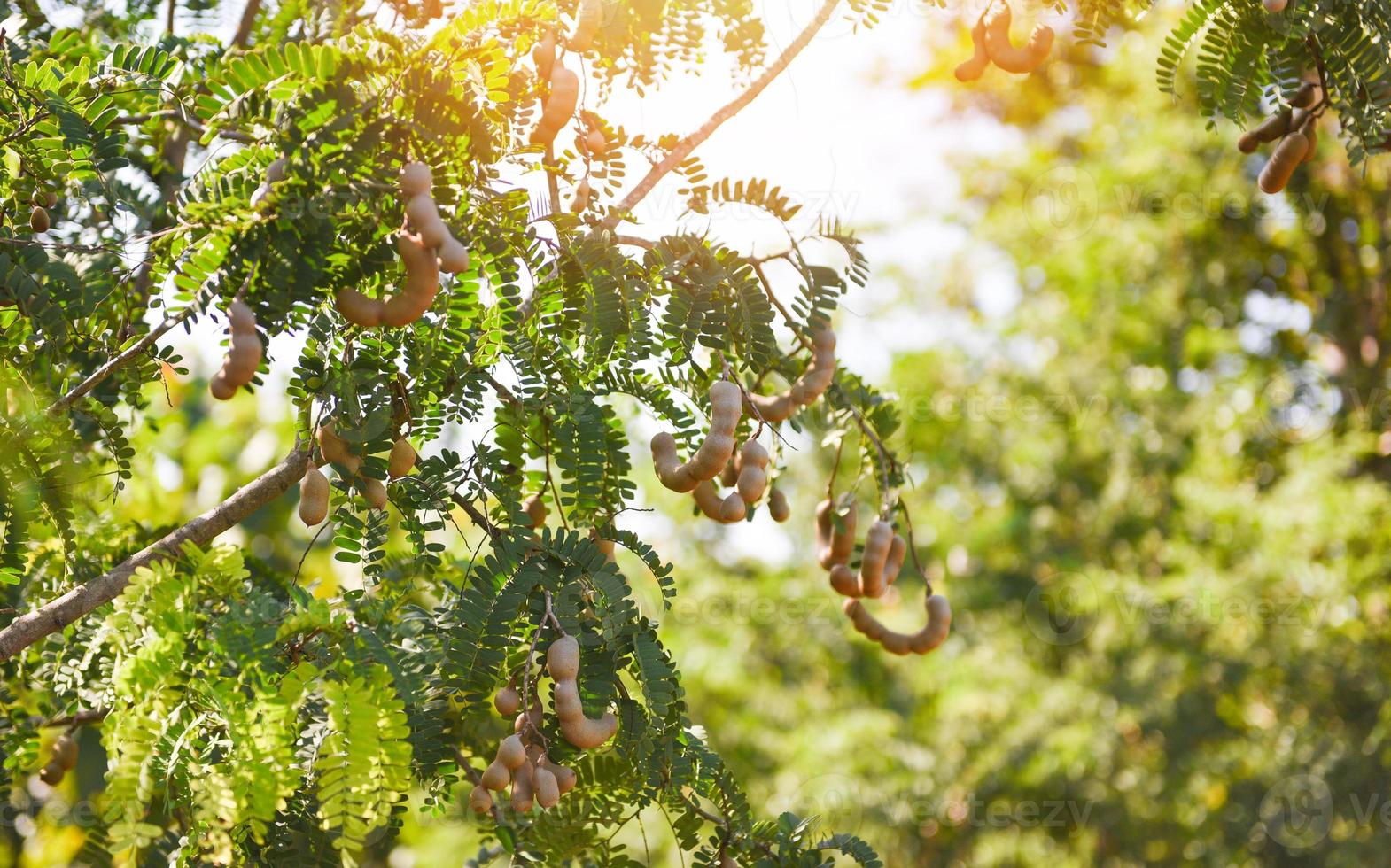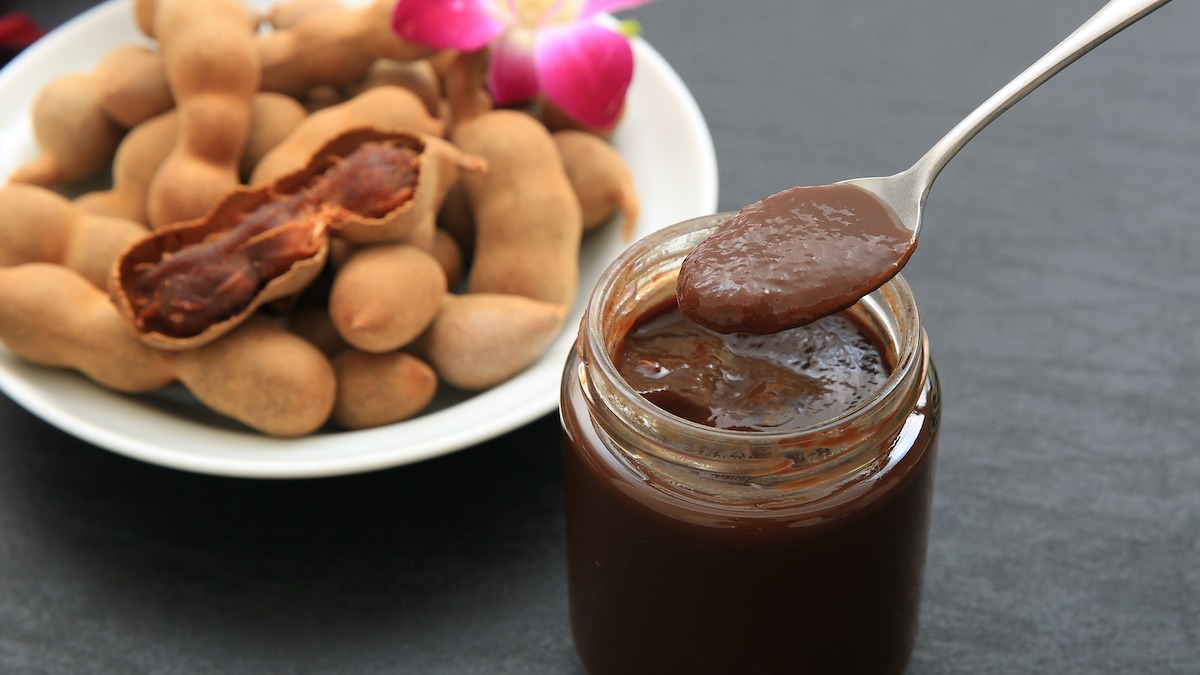
Tamarind Paste vs. Tamarind Concentrate: A Buyer's Comparison

Tamarind Paste vs. Tamarind Concentrate: A Buyer's Comparison

Standing in the Asian grocery aisle, staring at different forms of tamarind products can be overwhelming. Should you grab the thick, textured paste or the smooth, concentrated version? At Esskay Natural, we understand this dilemma because the choice between tamarind paste and concentrate significantly impacts your cooking results, convenience, and budget. This detailed comparison cuts through the confusion to help you make the perfect choice for your culinary needs.
Understanding the Core Differences
The distinction between paste and concentrate goes far deeper than just consistency – it's about processing methods, flavor intensity, and intended applications.
Tamarind Paste Characteristics
What It Is:
- Pulp extracted from tamarind pods with minimal processing
- Contains natural fiber particles and fruit solids
- Thicker, more textured consistency
- Closer to fresh tamarind in composition
- Often includes some natural fruit particles
Processing Method:
- Seeds and shells removed, pulp retained
- Minimal heat treatment preserves natural compounds
- Natural texture maintained through gentle processing
- May contain small amounts of natural fiber
- Less concentrated than refined products
Tamarind Concentrate Properties
What It Is:
- Highly processed, smooth liquid form
- Strained to remove all particles and fiber
- More intense flavor per volume
- Uniform consistency throughout
- Longer shelf life due to processing
Processing Method:
- Multiple filtration stages for smooth texture
- Concentrated through reduction or other methods
- Standardized consistency and strength
- Chemical or mechanical processing for uniformity
- Enhanced preservation for extended storage
"The choice between paste and concentrate isn't just about texture – it's about choosing between traditional authenticity and modern convenience." - Chef Meera Sodhi, Traditional Indian Cuisine Expert
Flavor Profile Comparison
Understanding how each form affects your dishes is crucial for making the right choice.
Tamarind Paste Flavor Characteristics
Complexity and Depth:
- Full spectrum of tamarind's natural flavor compounds
- Subtle textural elements add interest to dishes
- Natural sweetness balanced with tartness
- Flavor develops gradually during cooking
- Authentic taste closest to fresh tamarind
Cooking Performance:
- Adds body and texture to sauces and curries
- Gradual flavor release during extended cooking
- Natural particles contribute to sauce thickness
- Requires longer cooking time for full integration
- May need straining for ultra-smooth sauces
Tamarind Concentrate Flavor Profile
Intensity and Consistency:
- Concentrated sourness delivers immediate impact
- Clean, sharp tartness without competing flavors
- Uniform flavor strength in every spoonful
- Quick integration into cooking liquids
- Predictable results across different batches
Culinary Applications:
- Instant flavor boost for quick cooking methods
- Smooth integration without texture changes
- Precise flavor control through measured additions
- Ideal for clear broths and refined sauces
- Consistent results for recipe standardization
Practical Usage Comparison
Different cooking styles and kitchen setups favor different tamarind forms.
Convenience Factor
Tamarind Paste Preparation:
- May require straining for smooth applications
- Thicker consistency can be harder to measure precisely
- Sometimes needs dilution before use
- Natural variations require taste adjustments
- Better for rustic, traditional preparations
Concentrate Convenience:
- Ready to use directly from container
- Easy to measure and portion accurately
- Blends instantly with other liquids
- No preparation steps required
- Consistent strength eliminates guesswork
Storage and Shelf Life
Paste Storage Requirements:
- Shorter shelf life due to minimal processing
- Requires refrigeration after opening
- May develop surface changes over time
- Natural ingredients more susceptible to spoilage
- Best used within 6-12 months of opening
Concentrate Longevity:
- Extended shelf life from processing methods
- More stable at room temperature (unopened)
- Consistent quality over longer periods
- Less susceptible to contamination
- Can last 2-3 years when properly stored
Cost Analysis
Price comparison requires considering multiple factors beyond the initial purchase price.
Initial Purchase Costs
Paste Pricing Factors:
- Generally lower cost per container
- Less processing results in lower production costs
- May offer better value for high-volume users
- Regional availability affects pricing
- Organic options command premium prices
Concentrate Investment:
- Higher initial cost due to processing intensity
- More expensive per container but higher potency
- Better value when considering usage amounts
- Consistent pricing year-round
- Premium products justify higher costs through quality
Cost Per Use Calculation
Paste Usage Economics:
- Larger quantities needed per recipe
- Some waste from straining requirements
- Variable strength affects recipe costs
- Bulk purchasing may offer savings
- Factor in preparation time costs
Concentrate Efficiency:
- Smaller amounts provide equivalent flavor
- No waste from processing requirements
- Predictable recipe costing
- Longer shelf life reduces replacement frequency
- Time savings translate to value
Recipe Applications Guide
Different dishes benefit from specific tamarind forms based on cooking methods and desired outcomes.
Best Uses for Tamarind Paste
Traditional Preparations:
- South Indian sambar and rasam
- Thai pad thai and som tam
- Indian chutneys and pickles
- Slow-cooked curries and stews
- Dishes where texture adds authenticity
Cooking Techniques:
- Long braising and simmering
- Traditional fermentation processes
- Rustic sauce preparations
- Home-style family cooking
- Authentic regional specialties
Ideal Concentrate Applications
Modern Cooking:
- Quick stir-fries and fast cooking
- Marinades and dressings
- Clear soups and broths
- Professional kitchen preparations
- Fusion cuisine applications
Specific Advantages:
- Restaurant consistency requirements
- Sauce emulsification needs
- Precise flavor balancing
- Time-sensitive preparations
- Clean presentation requirements
Quality Indicators for Each Type
Knowing what to look for ensures you get the best product in your chosen category.
Evaluating Tamarind Paste Quality
Visual Assessment:
- Rich, dark brown color without black spots
- Consistent texture throughout container
- Natural fruit particles evenly distributed
- No separation or oil pooling
- Fresh appearance without dried edges
Texture and Aroma:
- Thick but spreadable consistency
- Fresh, fruity aroma without fermentation odors
- No gritty or sandy texture from poor processing
- Pleasant tartness in smell
- No off-odors or chemical scents
Concentrate Quality Markers
Appearance Standards:
- Uniform color and consistency
- Smooth texture without lumps or separation
- Clear liquid without cloudiness
- Proper viscosity for stated concentration
- Professional packaging and labeling
Performance Indicators:
- Dissolves easily in liquids
- Consistent flavor strength
- No bitter or harsh aftertastes
- Appropriate acidity level for cooking
- Stable shelf life performance
Making Your Decision
Consider these factors to choose the right tamarind form for your needs.
Cooking Style Assessment
Traditional Cooking Preferences: Choose paste if you:
- Enjoy authentic, rustic flavors
- Cook traditional recipes regularly
- Have time for ingredient preparation
- Value texture in your dishes
- Prefer minimal processing
Modern Cooking Needs: Choose concentrate if you:
- Need consistent, quick results
- Cook fusion or contemporary dishes
- Value convenience and efficiency
- Require precise flavor control
- Cook professionally or in large quantities
Kitchen Setup Considerations
Equipment and Space:
- Straining equipment for paste processing
- Storage space for different container sizes
- Refrigeration capacity for opened products
- Measuring tools for accurate portioning
- Time available for ingredient preparation
Budget and Usage Patterns
High-Volume Users:
- Paste may offer better value for frequent use
- Bulk purchasing options for cost savings
- Consider total cost including preparation time
- Evaluate waste factors in cost calculations
Occasional Users:
- Concentrate's longer shelf life prevents waste
- Smaller quantities needed reduce total cost
- Convenience factor adds value for infrequent use
- Consistent quality ensures successful results
The Esskay Natural Difference
Our commitment to quality extends across both paste and concentrate options:
Premium Paste Production
Traditional Methods:
- Minimal processing preserves natural complexity
- Organic sourcing ensures pure, authentic flavors
- Careful extraction maintains beneficial compounds
- Small-batch processing for optimal quality control
Superior Concentrate Standards
Advanced Processing:
- Gentle concentration methods preserve flavor integrity
- Multiple quality checkpoints ensure consistency
- Organic certification guarantees clean processing
- Professional-grade results for discerning cooks
Expert Recommendations
Professional Chef Insights
"In my restaurant, we use concentrate for consistency during service and paste for traditional dishes where authenticity matters most. Both have their place in a serious kitchen." - Chef Arjun Waney, Award-winning Indian Restaurant
Home Cook Guidance
Starting Recommendations:
- Begin with concentrate for easier success
- Try paste once comfortable with tamarind cooking
- Keep both for different applications
- Experiment to develop personal preferences
Conclusion
The choice between tamarind paste and concentrate ultimately depends on your cooking style, convenience needs, and flavor preferences. Paste offers traditional authenticity and complex texture, while concentrate provides modern convenience and consistent results.
Consider paste if you enjoy traditional cooking methods, have time for ingredient preparation, and value the rustic authenticity it brings to dishes. Choose concentrate if you prioritize convenience, need consistent results, or cook contemporary fusion dishes where clean flavors and smooth textures are essential.
At Esskay Natural, we're proud to offer premium options in both categories, ensuring that whichever you choose, you're getting the quality and authentic flavor that makes every dish exceptional. The best choice is the one that fits your cooking style and helps you create the flavors you love most.
About the Author

Chef Ravi Krishnan
Food Industry Expert
With over 15 years of experience in the food industry, our expert brings valuable insights into natural ingredients and their applications in commercial food production.